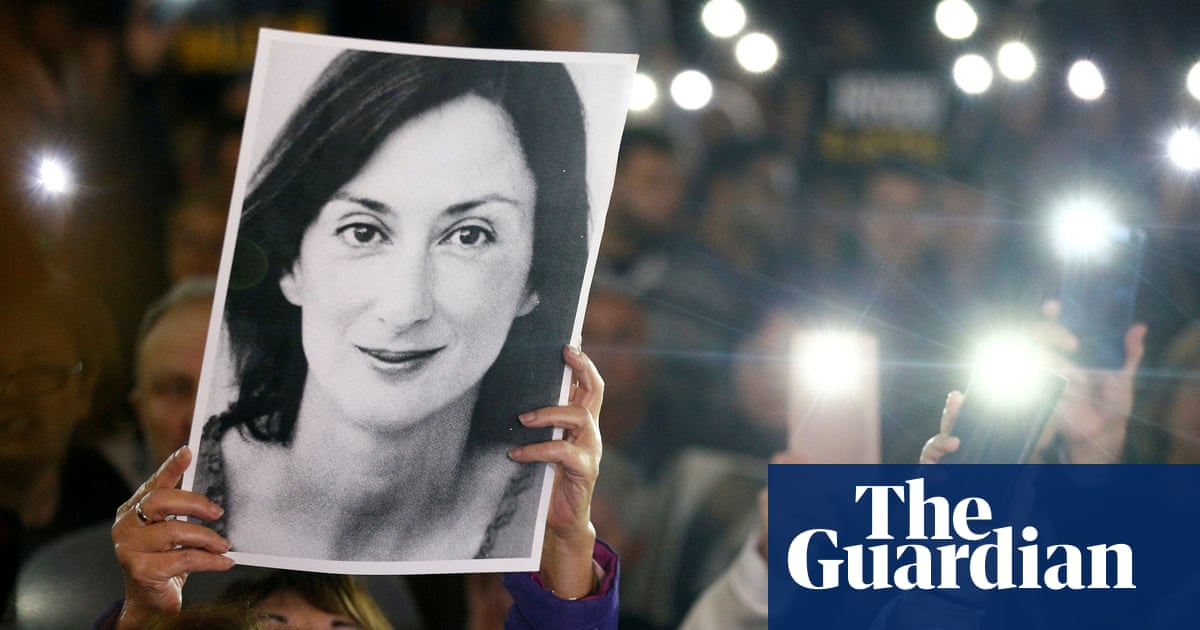
or most of history, humans have viewed wild places as threats to their existence. The wilderness is a godless domain, “a thirsty and waterless land, with its venomous snakes and scorpions”, says the Old Testament.
Only recently have we realised we had the story backwards. It is nature that has been menaced by humans and the consequences now threaten to overwhelm us. “Almost no rock, leaf, or cubic foot of air on Earth has now escaped our clumsy signature,” says US essayist Nathaniel Rich. “The natural world is gone.”
Pest introductions, greenhouse gas emissions, pollution, spreading agriculture and the feckless eradication of wild animals – from Tasmanian tigers to passenger pigeons – have transformed our world. Three-quarters of all Earth’s ice-free land has now been directly altered by humans; most of the planet’s major rivers have been damned and diverted; and our power stations emit about 100 times more carbon dioxide than volcanoes do.
The totality of human beings alive today, plus our livestock, represent 96% of the sum weight of all mammals on Earth. The residual 4% is made of our remaining wild animals. “In the age of man, there is nowhere to go – and this includes the deepest trenches of the oceans and the middle of the Antarctic ice sheet – that does not already bear our Friday-like footprints,” says journalist Elizabeth Kolbert, whose last book, The Sixth Extinction, won a Pulitzer prize.
Humanity’s homogenisation of Earth is bad enough, but what both authors spell out is that our attempts to correct past errors have usually only worsened them – a worrying prospect as we struggle to avoid our oncoming environmental armageddon.
Consider the cane toad. Native to South and Central America, it was deliberately introduced to Australia to eat beetle grubs plaguing sugar plantations. Very quickly the cane toad spread across the nation – bad news, given its habit of exuding poisonous goo when threatened.
Native crocodiles, lizards, snakes, and marsupials that got close to Rhinella marina suffered population crashes, leaving scientists scrabbling for solutions – which now include one plan to release gene-engineered, infertile cane toads that might slow breeding. Such a move raises risks that those added genes could jump species and worsen Australia’s ecological woes. But as Kolbert asks: “What’s the alternative?”
Then there is the Mississippi – a favoured topic for both authors. In their attempts to create an obedient, predictable river, US engineers have hemmed it in with so many dams and levees its sediments are discharged directly into the Gulf of Mexico instead of replenishing the wetlands along its banks.
As a result, Louisiana is sinking, losing a football field of land every 100 minutes. “Were this rate of land loss applied to New York, Manhattan would vanish in less than two years,” Rich tells us. Yet even bigger, more advanced, expensive engineering works are now being planned there, a prospect that makes ecologists shudder.
Then there is the slow destruction – triggered by ocean warming – of coral reefs which, in future, may have to be shaded in ultra-films or tended by underwater robots to save them. Similarly, global heating is now so advanced, some scientists are pressing for our upper atmosphere to be sprayed with reflective particles to shield the planet from sunlight and cool it.
In every case, the solutions – apart from being shockingly expensive – look every bit as damaging or dangerous as the threats they are designed to counter. Unfortunately, humanity “is now stepped in so far, return is impracticable”, says Kolbert.
As both authors point out, humans certainly have the ability to make profound changes to Earth, but seem to lack the insight to reverse the damage. Yes, it may be extremely risky to seed our skies with particles to blot out the sun, but doing nothing will be just as dangerous as allowing ice caps to melt and ecosystems to collapse.
Kolbert and Rich make it clear that we are fast approaching a time when some very hard, high-risk decisions will have to be taken and in outlining this dilemma they have produced a pair of highly readable, albeit disturbing works. Both are concise to the point of brevity. In Kolbert’s case, her investigations were interrupted by the Covid pandemic while Rich’s is essentially a compilation of recent essays. (Among these is Dark Waters, the writer’s startling account of the polluting and poisoning, by DuPont, of the West Virginia town of Parkersburg, now a film starring Mark Ruffalo.)
Such conciseness is welcome. There is only so much eco-despair a reader can take, after all. Of the two books, Kolbert’s is the better structured work, but both succinctly outline a basic issue that is best summed up by Albert Einstein’s maxim: “We cannot solve our problems with the same thinking we used when we created them.” In short, we need a very radical reappraisal of our place on Earth.
Second Nature: Scenes from a World Remade by Nathaniel Rich is published by Farrar, Straus and Giroux (£22.99). To support the Guardian order your copy at guardianbookshop.com. Delivery charges may apply
Under a White Sky: The Nature of the Future by Elizabeth Kolbert is published by Bodley Head (£18.99). To support the Guardian order your copy at guardianbookshop.com. Delivery charges may apply












